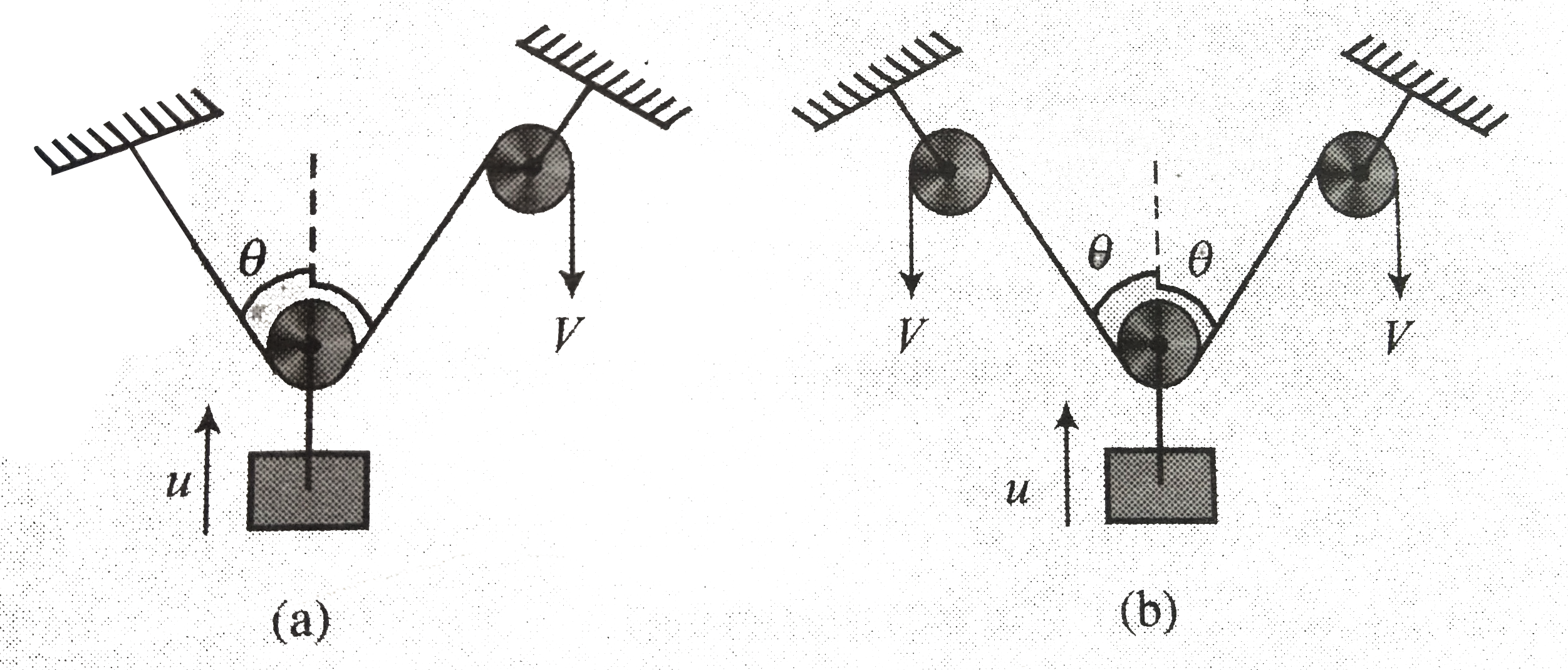Let the sides of a parallelogram be U=a, U=b,V=a' and V=b', where U=lx+my+n, V=l'x+m'y+n'. Show that the equation of the diagonal through the point of intersection of
U=a,V=a'andU=b,V=b' is given by ∣∣
∣∣UV1aa'1bb'1∣∣
∣∣=0.
To solve the problem, we need to show that the equation of the diagonal through the point of intersection of the lines U=a, V=a′ and U=b, V=b′ is given by the determinant:
|UV1aa′1bb′1|=0
1. Understanding the Lines:
- We have two lines represented by U=a and V=a′, and another two lines represented by U=b and V=b′.
- The equations of these lines can be expressed as:
- U=lx+my+n
- V=l′x+m′y+n′
2. Finding Points of Intersection:
- The point of intersection of the lines U=a and V=a′ can be found by substituting the values of a and a′ into the equations for U and V.
- Similarly, the point of intersection of the lines U=b and V=b′ can be found.
3. Defining the Diagonal:
- Let's denote the diagonal of the parallelogram as AC, where A is the intersection of U=a and V=a′ and C is the intersection of U=b and V=b′.
4. Equation of the Diagonal:
- The equation of the line passing through points A and C can be expressed using the determinant form:
|UV1aa′1bb′1|=0
- This determinant being equal to zero indicates that the points (U,V), (a,a′), and (b,b′) are collinear, which is the condition for the diagonal.
5. Expanding the Determinant:
- Expanding the determinant gives us a linear equation in U and V that represents the diagonal line through points A and C.
6. Conclusion:
- Therefore, we have shown that the equation of the diagonal through the point of intersection of the lines U=a, V=a′ and U=b, V=b′ is indeed given by:
|UV1aa′1bb′1|=0
- We have two lines represented by U=a and V=a′, and another two lines represented by U=b and V=b′.
- The equations of these lines can be expressed as:
- U=lx+my+n
- V=l′x+m′y+n′
- The point of intersection of the lines U=a and V=a′ can be found by substituting the values of a and a′ into the equations for U and V.
- Similarly, the point of intersection of the lines U=b and V=b′ can be found.
- Let's denote the diagonal of the parallelogram as AC, where A is the intersection of U=a and V=a′ and C is the intersection of U=b and V=b′.
- The equation of the line passing through points A and C can be expressed using the determinant form:
|UV1aa′1bb′1|=0
- This determinant being equal to zero indicates that the points (U,V), (a,a′), and (b,b′) are collinear, which is the condition for the diagonal.
- Expanding the determinant gives us a linear equation in U and V that represents the diagonal line through points A and C.
- Therefore, we have shown that the equation of the diagonal through the point of intersection of the lines U=a, V=a′ and U=b, V=b′ is indeed given by:
|UV1aa′1bb′1|=0
Topper's Solved these Questions
- STRAIGHT LINESBOOK - CENGAGE ENGLISHCHAPTER - STRAIGHT LINESEXERCISE - EXAMPLE
12 Videos
- STRAIGHT LINESBOOK - CENGAGE ENGLISHCHAPTER - STRAIGHT LINESEXERCISE - CONCEPT APPLICATION EXERCISE 2.1
23 Videos
- STRAIGHT LINEBOOK - CENGAGE ENGLISHCHAPTER - STRAIGHT LINEEXERCISE - Multiple Correct Answers Type
8 Videos
- THEORY OF EQUATIONSBOOK - CENGAGE ENGLISHCHAPTER - THEORY OF EQUATIONSEXERCISE - JEE ADVANCED (Numerical Value Type )
1 Videos
Similar Questions
Let the sides of a parallelogram be U=a,U=b,V=a' andV=b', where U=lx+my+n,V=l'x+m'y+n'. Show that the equation of the diagonal through the point of intersection of U=a,V=a' and U=b,V=b' is given by det ⎡⎢⎣UabVa'b'111⎤⎥⎦=0.
View SolutionSelect the correct statements for the equilibrium under standard conditions.
H2O(s)⇔H2O(l),ΔSΘ1
H2O(l)⇔H2O(g),ΔSΘ2
H2O(s)⇔H2O(g),ΔSΘ3
View Solution
Knowledge Check
If U: V = 6:7 and V:W= 21 : 6, then find U:V:W.
A6:7:6B5:4:3C6:14:12D6:7:2
The table given below shows the position of element U, V, X, Y and Z.

Which is larger in size V or X
View SolutionIf the string is inextensible, determine the velocity u of each block in terms of v and θ.

(a) fig a: u=…
(b) fig.(b): u=….
View SolutionIf y=uv, where u and v are functions of x, show that
v3d2ydx2=∣∣ ∣∣uv0u'vvu''v''2v'∣∣ ∣∣.
View SolutionIf a ,b,c, and u,v,w are complex numbers representing the vertices of two triangle such that they are similar, then prove that a−ca−b=u−wu−v
View SolutionTwo particles are projected from a point at the same instant with velocities whose horizontal and vertical components are u1,v1 and u2,v2 respectively. Prove that the interval between their passing through the other common point of their path is
2(v1u2−v2u1)g(u1+u2)
View SolutionSolve the following system of equations: 8v−3u=5uv, 6v−5u=−2uv
View SolutionLet u≡ax+by+ab3=0,v≡bx−ay+ba3=0,a,b∈R, be two straight lines. The equations of the bisectors of the angle formed by k1u−k2v=0 and k1u+k2v=0 , for nonzero and real k1 and k2 are
View Solution
